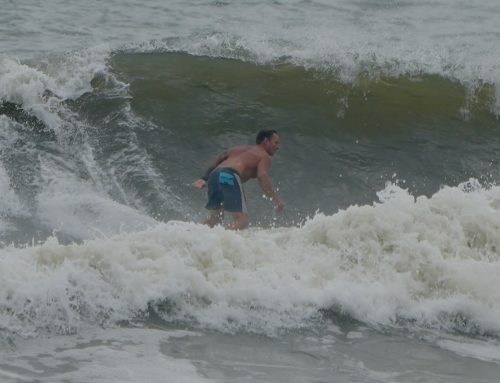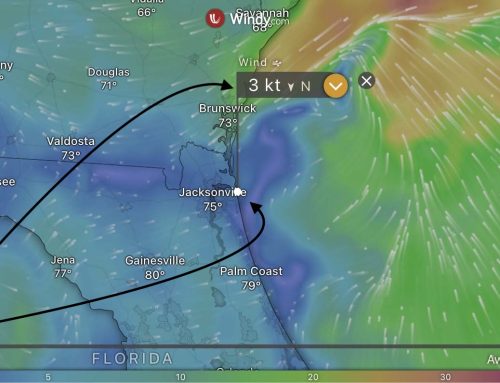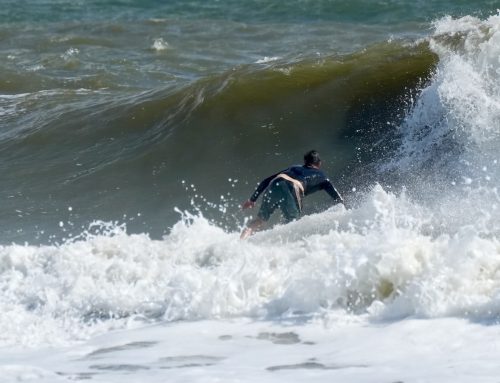The Edge Vol 60
Problems Associated with Surfing in Polluted Coastal Waters

Glenn T Goodwin, PhD
Most of the time we assume the water we surf in is ‘clean’ enough, and when we want to go for a surf, we just go. Our oceans have historically been a healthy playground, but these days, its not always the case. Unfortunately, our modern, industrialized societies have contributed to the increasing concern about the health of the water we surf in. In this day and age of opinions, it’s encouraging to see data being produced from scientific studies conducted with surfing in mind.
This study below focuses on the Monterey Bay area in Cali, but may well be generalizable to other surfing regions with similar industrial characteristics and topography. The largest industries in Monterey County, CA are Agriculture, Forestry, Fishing, Hunting, Retail trade, and Healthcare & Social Assistance. These appear to be relatively safe industries, where you would think there may not be much adverse effect on coastal waters. You can extrapolate from the findings of this study as to how it may be in our local waters, with the St. Johns river outflow and our local industry here in North Florida.
Author information
(Click on the authors names to link back to the PubMed directory listing of this article)
O’Halloran C1, Silver MW2, Lahiff M3, Colford J Jr4.
Abstract
A pilot project was conducted to examine the health status and possible adverse health effects associated with seawater exposure (microbial water-quality indicators and phytoplankton abundance and their toxins) of surfers in Monterey Bay, Central California coastal waters. Forty-eight surfers enrolled in the study and completed an initial health background survey and weekly health surveys online using Survey Monkey. Descriptive statistics and generalized estimating equation, a regression technique, were used to identify longitudinal and correlated results. The surfers were predominately Caucasian, male, and physically active. They surfed approximately 4 h a week. Their average age was 34 years. The data indicated that the surfers were generally “healthy,” with a low prevalence of diabetes, high cholesterol, and hypertension. Their most common health problems were allergies and asthma. During the study, 10% of the surfers reported gastrointestinal symptoms and 29% reported upper respiratory symptoms. This study suggests surfers were significantly more likely to report upper respiratory symptoms when they had a history of allergies, housemates with upper respiratory symptoms, and/or a history of previous adverse health symptoms while surfing during a “red tide” (an event often associated with the presence of phytoplankton toxins). Additionally, female surfers reported upper respiratory symptoms more than males.
https://link.springer.com/article/10.1007%2Fs10393-016-1197-6









